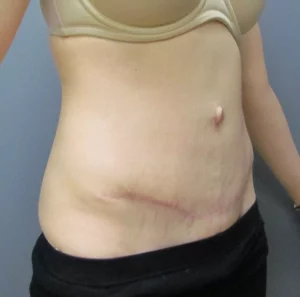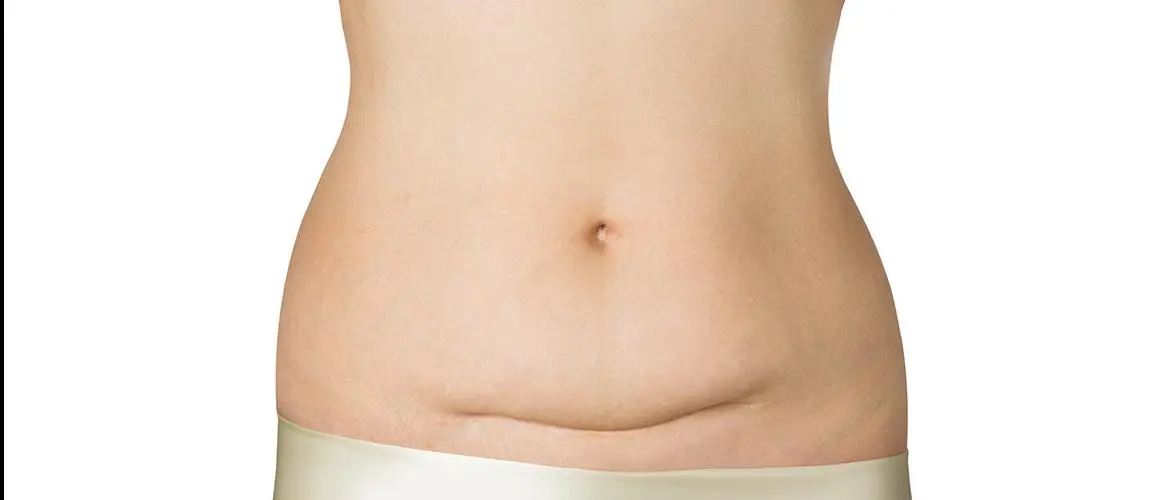Introduction: Dr. Marion Elizabeth Fesmire – Your Scar Expert
Meet Dr. Marion Elizabeth Fesmire, a seasoned dermatologist with over two decades of experience in the field. Dr. Fesmire’s unwavering commitment to understanding and treating various skin conditions has made her a trusted authority in the medical community. In this comprehensive article, Dr. Fesmire takes on the daunting challenge of decoding the enigma of keloid scars. We will delve into their causes, explore effective treatment options, and equip ourselves with strategies to prevent these stubborn scars. Let’s embark on a journey to uncover the secrets of scar-free skin.
Understanding Keloid Scars
Keloid scars are a perplexing and often frustrating skin condition that affects a substantial portion of the population. They are distinct in appearance, characterized by raised, reddish, or dark scar tissue that extends beyond the boundaries of the original wound site. To tackle keloid scars effectively, we first need to comprehend their underlying causes.

Causes of Keloid Scars
- Genetics and Ethnicity: Genetic predisposition plays a substantial role in keloid formation. Some individuals are genetically more prone to developing keloids, and certain ethnic groups are at higher risk than others.
- Injury or Surgery: Any form of injury, whether it’s a minor cut or a major surgical procedure, can potentially trigger keloid formation. This is especially true if there’s excessive tension on the wound site during the healing process.
- Infections and Inflammation: Infections at the wound site or prolonged inflammation can contribute to the development of keloids. These factors can disrupt the normal healing process, leading to abnormal scar tissue formation.
- Hormonal Changes: Hormonal fluctuations, such as those that occur during pregnancy or puberty, may also increase the risk of keloid development. Hormones can influence the body’s response to injury, potentially leading to the overproduction of collagen that characterizes keloids.
Effective Treatments for Keloid Scars
Facing keloid scars head-on requires understanding the available treatments. Dr. Fesmire outlines the most effective options:
| Treatment | Description |
|---|---|
| Steroid Injections | Injections can reduce inflammation and flatten keloids. |
| Laser Therapy | Laser treatments help fade the scar’s color and flatten it. |
| Surgical Removal | In some cases, surgical removal is an option, followed by other treatments. |
| Silicone Gel Sheets | These sheets can help soften and flatten keloids. |
| Cryotherapy | Freezing the keloid can reduce its size and appearance. |
Effective Treatments for Keloid Scars
Facing keloid scars head-on requires an understanding of the available treatment options. Dr. Fesmire has meticulously outlined the most effective treatments based on her extensive experience:
1. Steroid Injections
Steroid injections are a common and effective approach to treating keloid scars. These injections contain corticosteroids that help reduce inflammation and flatten keloids. This treatment is particularly beneficial for individuals with smaller keloids or those who wish to avoid surgery.
2. Laser Therapy
Laser therapy has emerged as a revolutionary treatment for keloid scars. It involves the use of focused laser beams to target and break down excess collagen in the scar tissue. Laser treatments can significantly reduce the color and texture of keloids, making them less noticeable. However, multiple sessions may be required, and the cost can be a factor to consider.
3. Surgical Removal
Surgical removal is another option for dealing with keloid scars. During this procedure, the keloid is surgically excised, and the wound is closed with sutures. However, it’s essential to note that keloids have a tendency to recur, and surgery alone may not guarantee a permanent solution. Additional treatments like steroid injections or radiation therapy may follow surgical removal to prevent recurrence.
4. Silicone Gel Sheets
Silicone gel sheets are a non-invasive and user-friendly option for managing keloid scars. These sheets are applied directly to the scarred area and work by softening and flattening the scar tissue over time. While silicone gel sheets can be effective, they require consistent and patient application.
5. Cryotherapy
Cryotherapy involves freezing the keloid scar using liquid nitrogen. This freezing process can reduce the size and appearance of the keloid. While it offers a quick solution, it may come with some discomfort and a risk of scarring.
Comparative Table: Keloid Scar Treatments
To provide a quick and concise overview of the various keloid scar treatment options, let’s examine them in a comparative table:
| Treatment Type | Description | Pros | Cons |
|---|---|---|---|
| Steroid Injections | Reduces inflammation and flattens keloids | Non-invasive, suitable for smaller keloids | Multiple sessions may be required |
| Laser Therapy | Fades color and texture, effective | Non-surgical, minimizes scarring | Multiple sessions, cost considerations |
| Surgical Removal | Removes keloid tissue | Immediate results | Risk of recurrence, may require additional treatments |
| Silicone Gel Sheets | Softens and flattens keloids | Easy to use | Requires patience and consistent application |
| Cryotherapy | Freezes keloid, reducing size | Quick | Potential discomfort and scarring |
Preventing Keloid Scars: Strategies for Success
Prevention is often the best approach when it comes to keloid scars. Dr. Fesmire offers invaluable insights into preventing keloid scars, particularly for those who are genetically predisposed or have experienced keloids in the past:
- Early Wound Care: Prompt and proper care of wounds is crucial. Cleanse the wound gently, apply an antibiotic ointment, and keep it covered with a sterile bandage. Minimizing the risk of infection and inflammation can deter keloid formation.
- Pressure Dressings: For individuals at higher risk of keloids, especially after surgical procedures, pressure dressings can be highly effective. These specialized dressings help flatten the scar tissue as it forms, reducing the likelihood of keloid development.
- Silicone Gel: Applying silicone gel to healing wounds may deter keloid formation. Silicone gel sheets, as mentioned earlier, can be particularly useful in preventing keloids.
- Avoiding Piercings or Tattoos: If you are genetically predisposed to keloid scarring, it’s essential to think twice before getting piercings, tattoos, or any other body modifications that involve breaking the skin. Discuss your concerns with a healthcare professional before proceeding.
Conclusion: Your Path to Scar-Free Skin
Thanks to Dr. Marion Elizabeth Fesmire’s wealth of expertise, we’ve successfully unraveled the mysteries of keloid scars. From understanding their complex causes to exploring the most effective treatment options and equipping ourselves with prevention strategies, you are now armed with the knowledge to embark on your journey to scar-free skin. Remember, early care and prevention are your best allies in this endeavor. Say goodbye to keloid scars and hello to a confident, blemish-free you.










